Sometimes I set out to see things, and sometimes things just turn up. Today was a bit of both. The thing I’d set out to see was a Garganey.
A what?
A Garganey. Which despite sounding like something you’d do at the dentist is actually a type of duck. We’re all familiar with the ubiquitous mallard, a bird that doesn’t get the credit it deserves for its brilliant, iridescent colouring simply because it is so well-known. But Britain has (whisper it quietly) other ducks. At this time of year, any large body of water might attract tufted ducks, sporting black rockabilly jackets and the original D.A haircut; or perhaps pochard, with their red pudding-basin Beatle hairdos. And since I’m rolling on a duck-to-1970’s-hairdo metaphor winning streak, you can think of the Garganey as being the punk of the group, with what looks to me like a Mohican thing going on when it emerges from the water, not to mention exaggerated eye makeup. No rings through its nose, but hey! You can’t have the perfect metaphor for everything. Garganey are our only summer visiting duck, and perhaps 100 pairs stop over here and breed in any one year, spending their winters back in Africa. They are secretive and elusive, liking pools like the one I was at, where there are plentiful reeds and places to hide in.
Which was exactly my experience for the first two hours of a vigil in a hide trying to see one. Garganey are like the truth: out there somewhere, to mangle a line from the cult ’90s show the ‘X-Files’, but not particularly out here somewhere, or out anywhere at all that I can see them. People came and went from the bird hide, muttering. And then, when I was all alone and thinking of giving up, the Garganey appeared. They dabbled and fussed and upended and the male made a noise from my childhood. Not for the Garganey anything so remotely vulgar as a quack. Rather it made a sound like a playing card strapped to the frame of a bike so that it clattered when you pedalled along, which was considered high entertainment in the days before Xbox. And so I got a good look at the Garganey, and it was worth the wait. It’s another one of those creatures that looks like it was put together from spare parts. It’s a Zulu duck, and I love it.
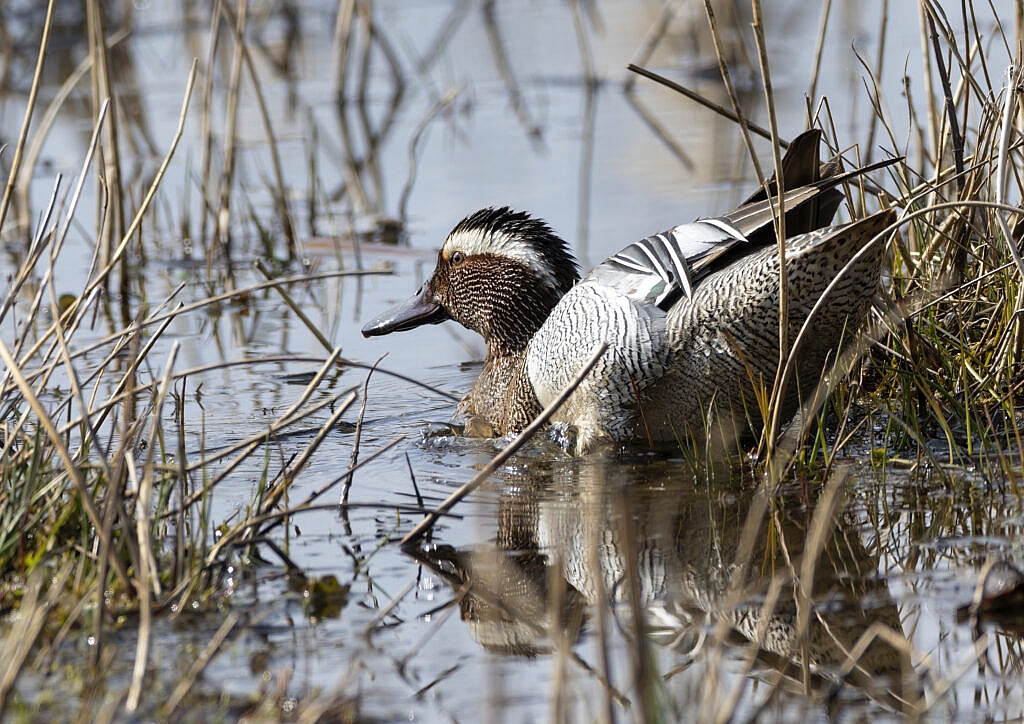
Eventually leaving the hide, I came across a second duck as I was walking back to my car. Another “G”. Another visitor, but this was the departing shift. As the Garganey were arriving, most of the 27,000 or so Goldeneye were leaving back to their summer feeding grounds of northern Europe. It’s a duck I have tried hard to see in the past, and apart from one brief five-second encounter near Bristol, my best view was a rare breeding summer bird far away on the other side of a loch in Scotland. But this latest one seemed curious about me, and bobbed slowly closer on the choppy water before paddling further away.
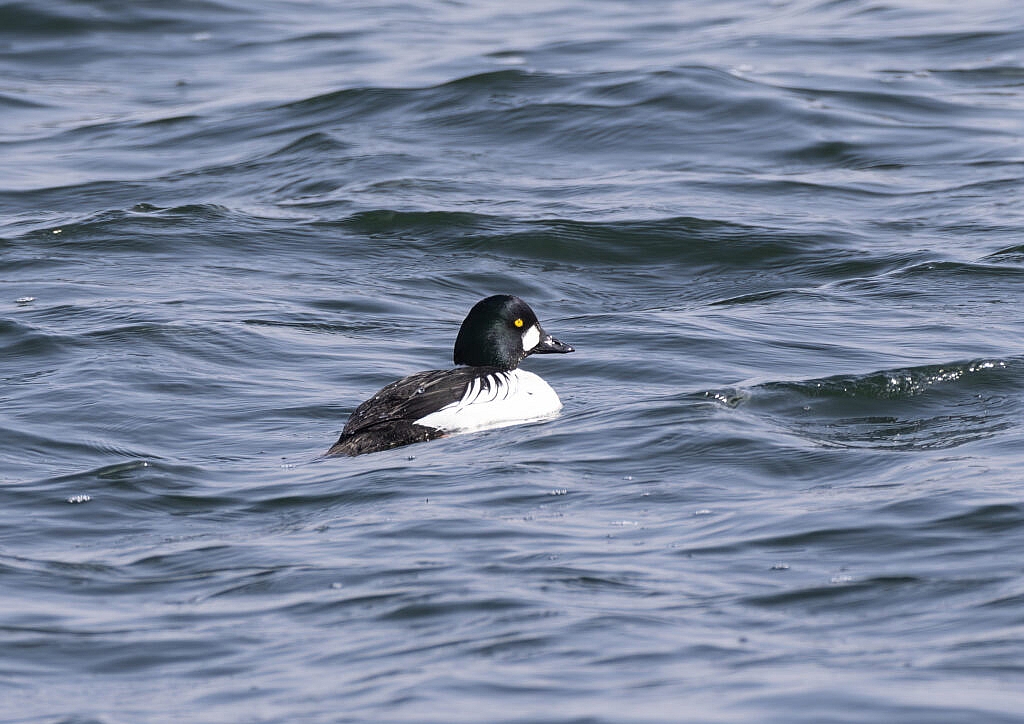
I left the Goldeneye to it and returned to where I’d started my day, a warm south-facing wall in a country park near Swindon. And here I found my final “G”. Late March is that time of year when male Grass Snakes leave their communal winter resting places. These are called “hibernacula”, even though snakes don’t truly hibernate. They “brumate”, living their lives in slow-motion rather than sleeping. Come the Spring, they emerge into the sunshine to bask. I know of a hibernaculum, inside of a broken stone wall, where the snakes gather in Autumn to snooze the cold months away. It was here, in the late afternoon sunshine, that I found a male grass snake. About the thickness of my thumb and the length of my forearm, it will spend a few weeks basking on the stonework until the females emerge, when the race to mate will begin.
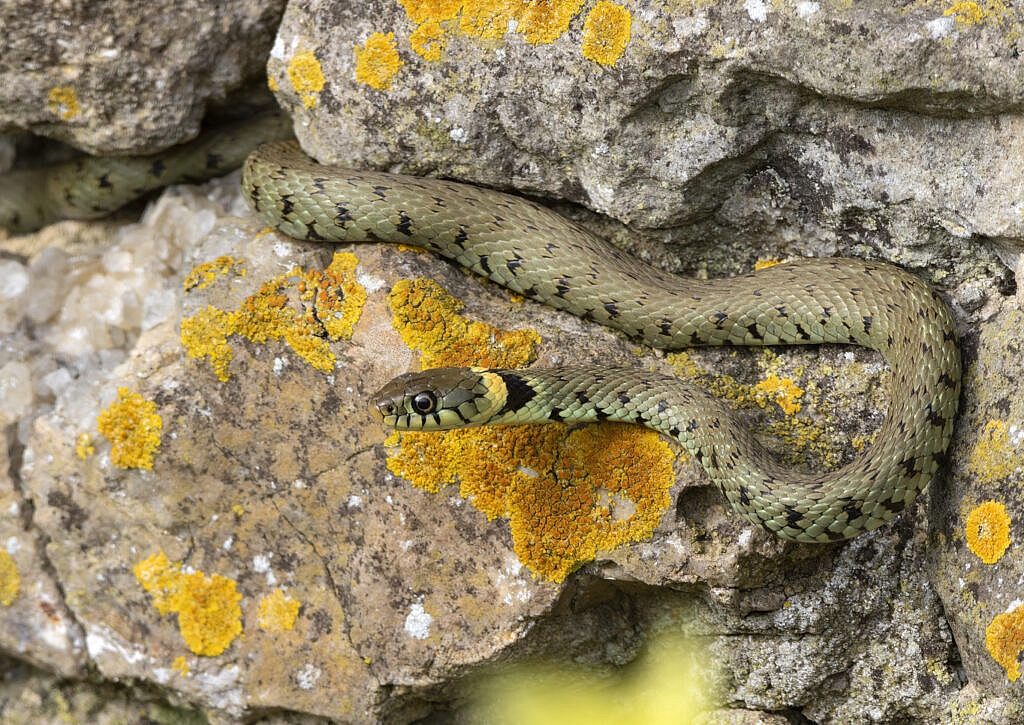
And so ended my day. Brought to you by three wonderful creatures, and the letter “G”. I also saw a hare, but that really spoils the whole Sesame-street vibe, doesn’t it?
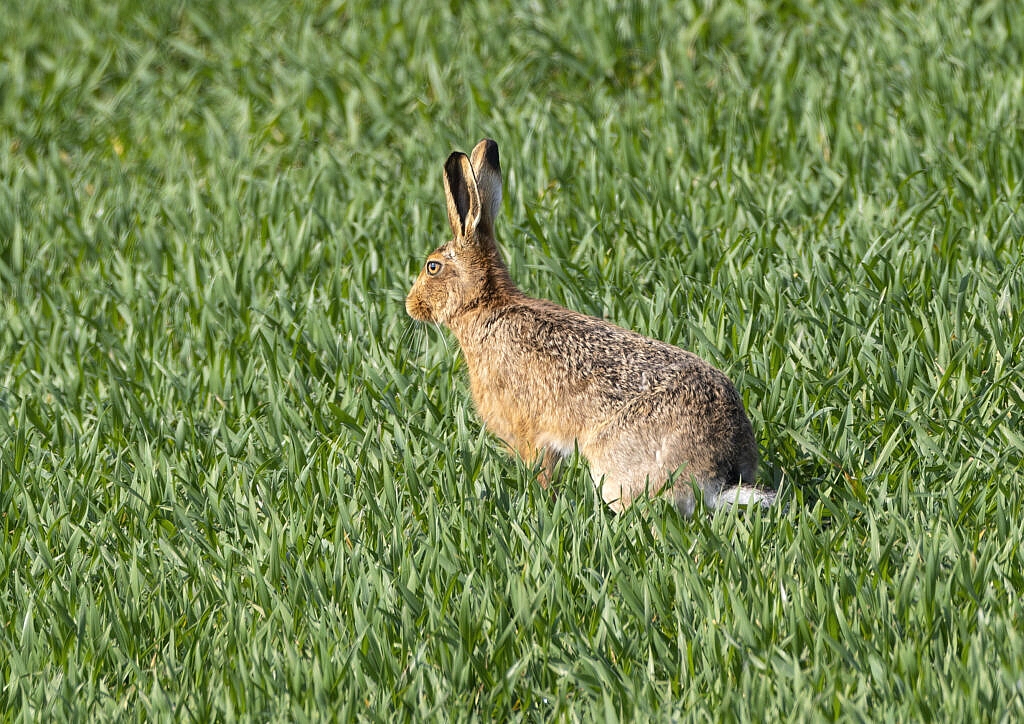


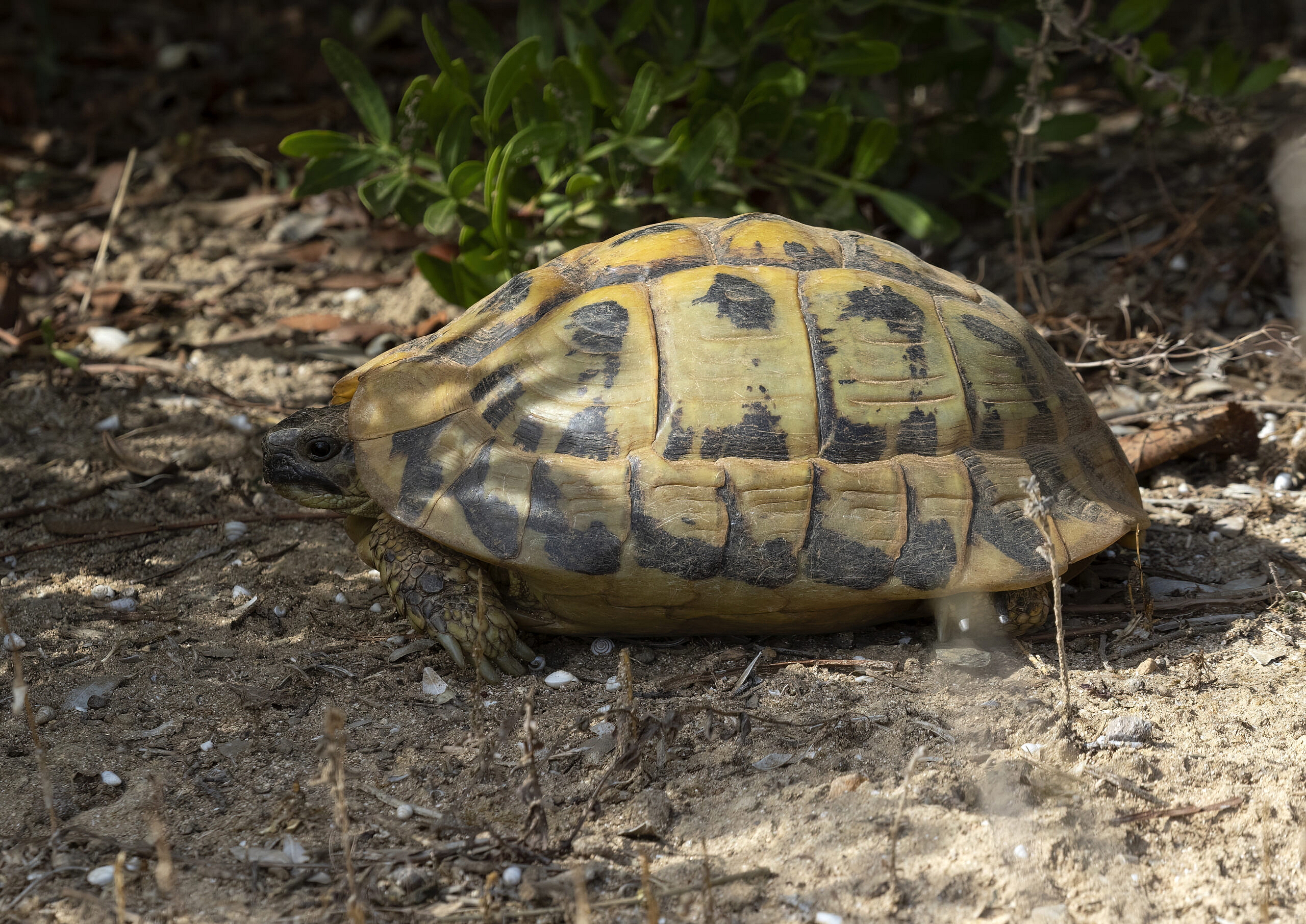
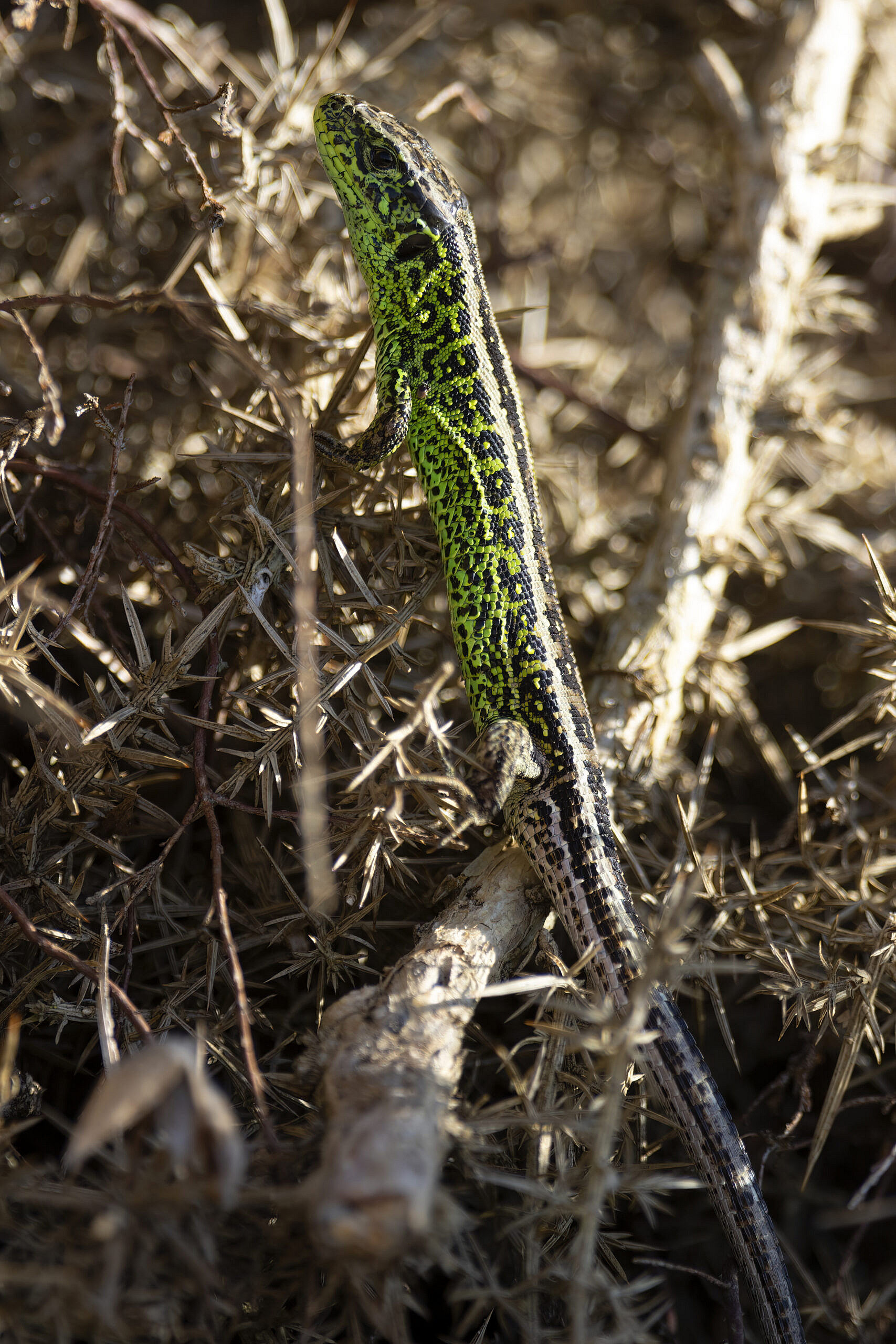
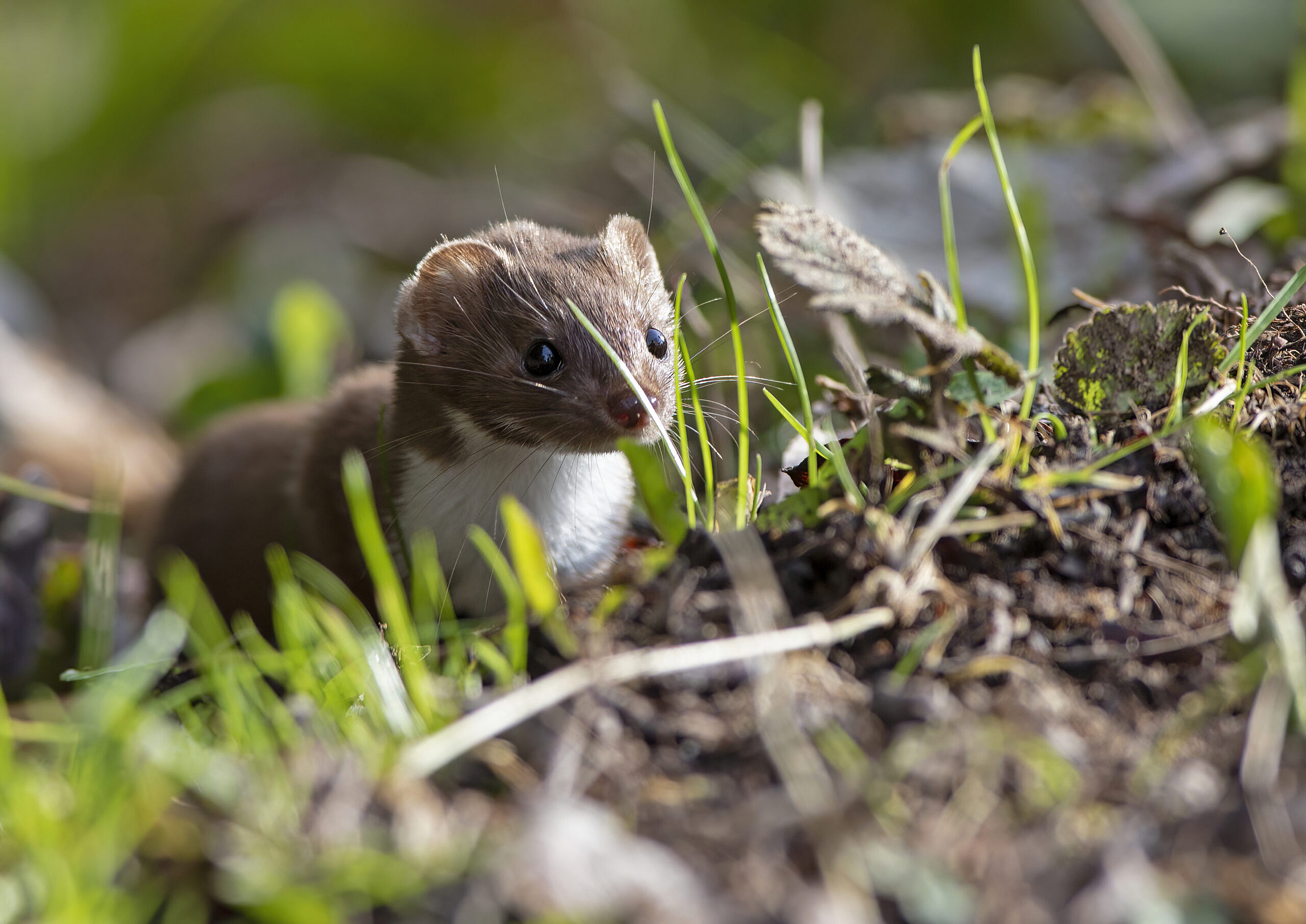



Social Profiles